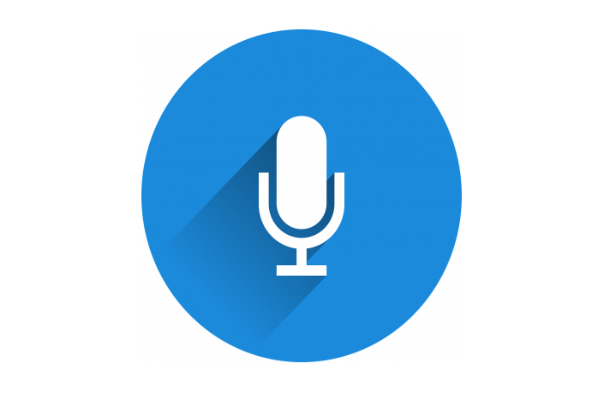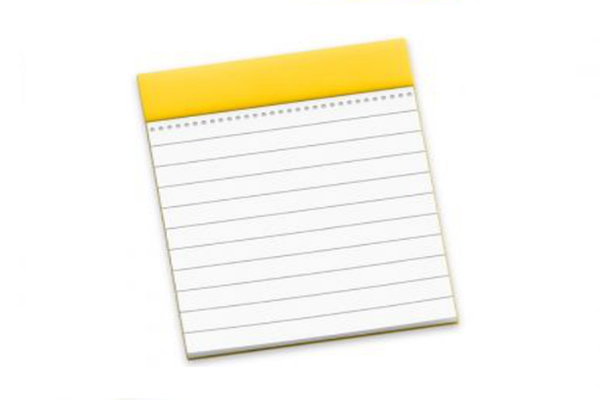Read Printed Text
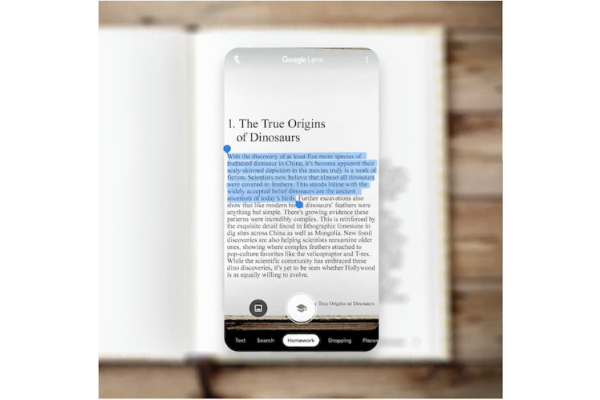
QuickTake
Did you know that you can snap a picture of text and have it read back to you? Well you can if you own a newer smartphone or tablet. No phone? Don’t worry this capability is not exclusive to mobile devices although you will have to pay for similar products.
Options for Reading Print
Traditionally, reading printed text required some expensive gear including a scanner, optical character recognition (OCR) software and a good text-to-speech software program. This combination still has its place, however it may be a little much in most situations and more time consuming as well. Advances in artificial intelligence have opened the door to near instant access.
There are generally two categories of devices that can be used to read printed text aloud: devices with cameras built-in and scanning pens.
Features
Consider the following features when looking at options:
- read print or handwriting
- full versus partial page capture
- visual guide for selecting text to be read
- Audio guide for aligning the image (for people with low or no vision)
- copy text to a computer or mobile device
- translate text
- recognize email addresses and phone numbers
- works off-line

Google Search (Lens)
Google has leveraged their expertise in artificial intelligence to build text recognition directly into their primary search tool on mobile. Sometimes referred to as Google Lens, this capability uses the camera on a mobile device (iPhone/iPad or Android) to detect text and handwriting in images allowing the user to copy, read, translate and share the results.
Pro-tip: Google search can also identify objects in images and return relevant search results. If you like a pair of shoes you come across on the web, Google can tell you where to buy them.
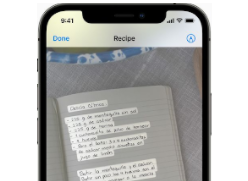
Live Text - iOS/iPadOS
Introduced in iOS 15, Live Text provides most of the same capabilities as Google's offering and is similarly built into the search and camera experiences on the iPhone and iPad.
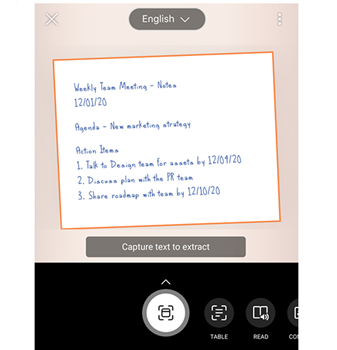
Microsoft Lens (Android)
The Lens app from Microsoft works much in the same way as the offerings from Apple and Google. The app integrates nicely with Microsoft's Immersive Reader tool to read text or handwriting captured by the camera. Lens can also export to PDF.
Third Party Apps
Several apps are available available that can read text from the printed page using the mobile devices camera. Here are a few. As always, a web search will turn up many more.
- Voice Dream Scanner: (iOS only)
- Claro ScanPen (Andorid/iOS)
- KNFB Reader: (Android/iOS) designed for use by individuals with limited or no vision but can be used by anyone.
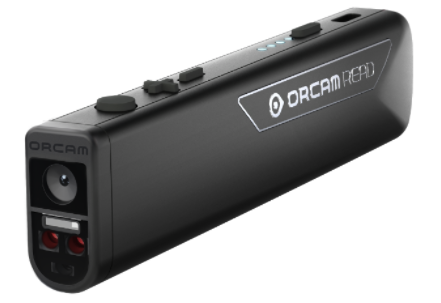
Orcam Read
The Orcam Read is a handheld device designed to help people with reading difficulties read text from any printed surface. The device uses its own integrated smart camera and artificial intelligence quickly capture and read aloud even large volumes of text.
Orcam makes a version of this device called the MyEyes for use by people with very limited or no sight.


